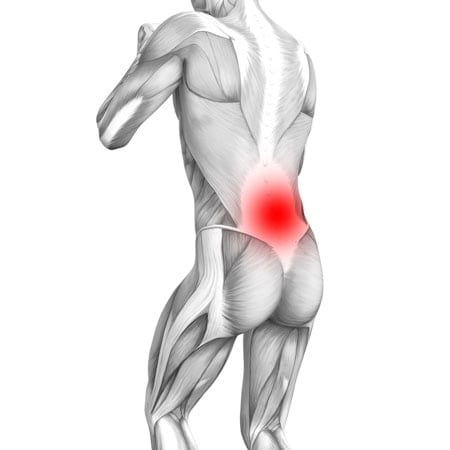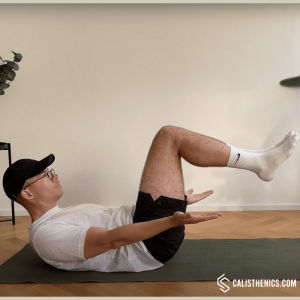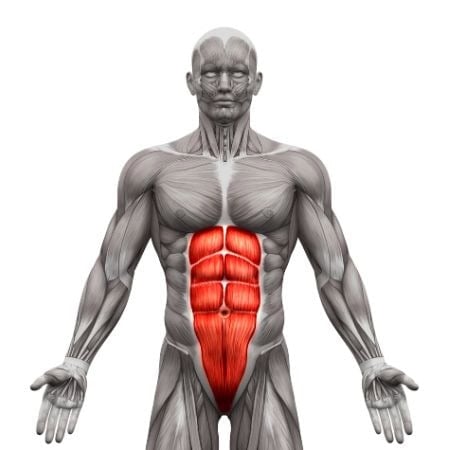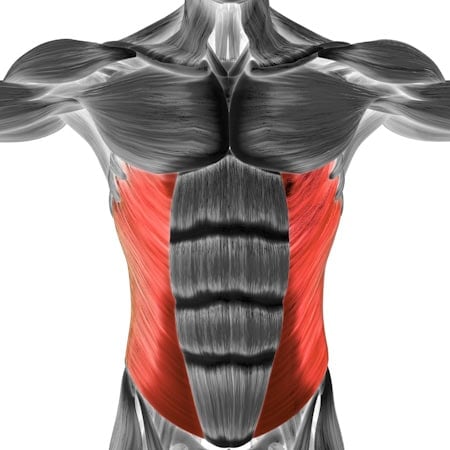Tuck Hollow Body Rocks
How to do Tuck Hollow Body Rocks?
Tuck hollow body rocks are a progression from the tuck hollow body hold, adding dynamic movement to further challenge your core. This exercise targets the abdominals, obliques, hip flexors, and lower back, helping build core strength and stability. The rocking motion forces you to maintain tension in your core while shifting your weight forward and backward, making it a great exercise for improving body control and endurance, especially for gymnasts and athletes.
Steps to Perform a Proper Tuck Hollow Body Rock:
1. Starting Position (Supine):
• Lie flat on your back with your legs bent and tucked toward your chest. Your lower back should be pressed firmly into the ground, with no space between your lower back and the floor.
• Lift your shoulders off the ground slightly, keeping your head in a neutral position. Reach your arms forward toward your knees, parallel to the floor.
2. Engage Your Core:
• Engage your core by pulling your belly button toward your spine, pressing your lower back into the ground to maintain a hollow body position. Your shins should be parallel to the floor, and your hips should be slightly off the ground.
• The goal is to maintain a tight core and rounded body shape throughout the movement.
3. Begin Rocking:
• Start the rocking motion by slightly pushing your legs forward and rocking back onto your upper back, keeping your knees tucked in. Then, rock forward, allowing your body to come back toward your hips and slightly lift your upper back off the ground.
• Keep the movement smooth and controlled, using your core muscles to drive the rocking motion. Your back should remain rounded, and your feet and hands should not touch the ground during the movement.
4. Maintain the Rocking Motion:
• Continue rocking back and forth, maintaining constant tension in your core. Keep your body in a curved “hollow” shape as you rock, and focus on keeping the movement rhythmic and controlled.
• Perform the desired number of repetitions or for a set duration, ensuring that your form stays consistent throughout.
Benefits of Tuck Hollow Body Rocks
• Strengthens the Core: Tuck hollow body rocks target the entire core, including the rectus abdominis, obliques, and transverse abdominis, helping to build core strength and endurance.
• Improves Body Control and Stability: The dynamic rocking motion requires full-body tension and control, improving your coordination, balance, and core stability.
• Prepares for Advanced Gymnastics and Bodyweight Moves: Hollow body rocks are foundational for gymnastic movements like handstands, planches, and levers, making them essential for athletes working on bodyweight skills.
• Builds Endurance: The continuous movement helps improve muscular endurance in the core, which translates into better performance in other exercises and athletic activities.
• Low Impact: This exercise is gentle on the joints while providing an intense core workout, making it suitable for those looking to improve strength without high-impact movements.
• Enhances Posture: Strengthening the core helps improve posture by promoting better spinal alignment and reducing the risk of lower back pain.
• Scalable for All Fitness Levels: Tuck hollow body rocks can be adjusted for beginners and advanced athletes alike, offering a versatile way to challenge the core.
Common Mistakes to Avoid
• Losing the Hollow Shape: Ensure your lower back stays pressed into the floor and your body remains in a rounded, hollow shape. If your back starts to arch or flatten, re-engage your core and adjust your position.
• Swinging Too Much: Avoid excessive rocking or swinging. Focus on small, controlled movements that keep you in control throughout the motion.
• Dropping the Legs or Arms: Keep your legs tucked and your arms forward to maintain the proper form. Letting your feet or hands touch the ground reduces the intensity of the exercise.
• Holding Your Breath: Don’t forget to breathe! Proper breathing helps you stay relaxed and maintain control during the exercise.
Tips for the proper execution of Tuck Hollow Body Rocks
Core Engagement: Keep your core tight throughout the exercise. This is key to maintaining the hollow body position and preventing your lower back from arching.
Rounded Body: Your body should remain in a rounded, C-shape throughout the movement. Avoid letting your back flatten or your shoulders and hips touch the floor.
Small, Controlled Rocks: The movement should be controlled, not excessive. Avoid big swings; focus on maintaining a steady, small rocking motion.
Breathing: Exhale as you rock forward and inhale as you rock back. Breathing helps you stay focused and maintain control during the exercise.
Muscles worked when doing Tuck Hollow Body Rocks
Primary Muscles:
•Rectus Abdominis: The main “six-pack” muscle that helps maintain the hollow body shape and control the rocking motion.
•Transverse Abdominis: Deep core muscles engaged to stabilize the spine and maintain internal pressure throughout the movement.
•Obliques: Internal and external obliques work to stabilize the torso and prevent rotation during the rocking motion.
Secondary Muscles:
•Hip Flexors: Engage to keep the legs tucked and support the rocking motion.
•Quadriceps: Assist in keeping the legs stable and tucked during the movement.
•Lower Back: Erector spinae muscles are activated to help maintain the rounded body shape.
•Shoulders: Anterior deltoids and upper back muscles help support the lift of the shoulders off the ground.
Primary Muscle(s):
Secondary Muscle(s):

Lower back
Adjust the difficulty of Tuck Hollow Body Rocks
How to make Tuck Hollow Body Rocks harder?
How to make Tuck Hollow Body Rocks easier?
How to make Tuck Hollow Body Rocks harder?
To make Tuck Hollow Body Rocks harder:
-
Extend the Arms: Instead of keeping your arms by your sides, extend them overhead to increase the difficulty. This shifts your center of gravity, making the exercise more challenging.
-
Straighten the Legs: Progress to a full hollow body rock by straightening your legs, increasing the challenge on your core and hip flexors.
-
Increase the Duration or Repetitions: Perform the rocking motion for a longer duration (e.g., 45-60 seconds) or increase the number of repetitions to further challenge your endurance and core strength.
-
Add Weight: Hold a light weight, such as a medicine ball or small dumbbell, in your hands to increase resistance and further engage the core muscles during the rocking motion.
How to make Tuck Hollow Body Rocks easier?
To make Tuck Hollow Body Rocks easier:
-
Start with Tuck Hollow Body Holds: Before progressing to the rocking motion, practice holding the tuck hollow body position to build core strength and stability.
-
Shorten the Rocking Range: Make the rocks smaller by reducing the range of motion. Focus on small, controlled movements to help you get used to the rocking motion while maintaining the hollow shape.
-
Take Short Breaks: If maintaining the rocking motion is too challenging, take short breaks between sets to recover, then resume rocking.





